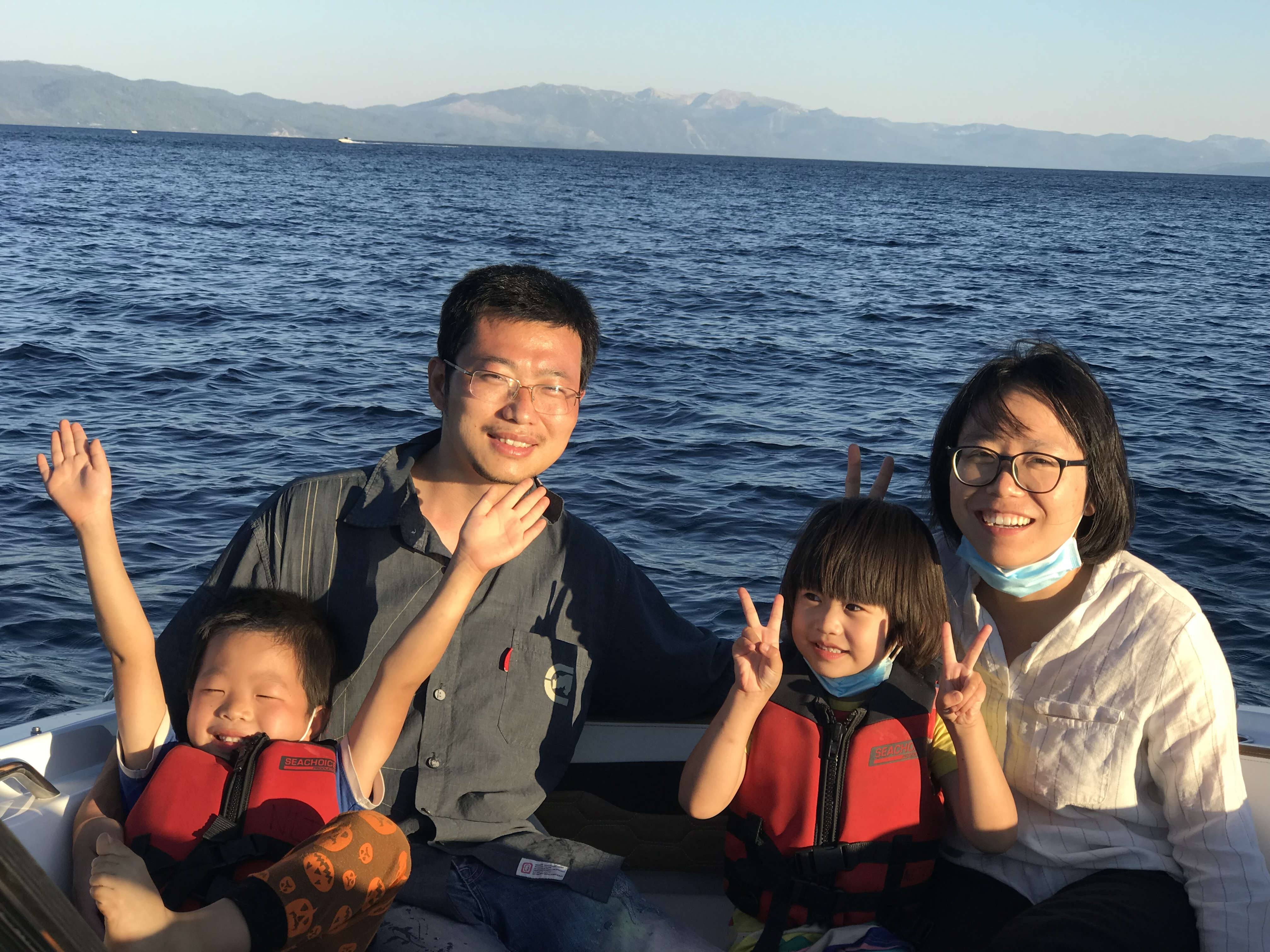I grew up in a small town in China, in a historical city called Yangzhou. I attended a life-changing high school in Nanjing, and pursued study and research in Spacecraft Design and Engineering at Harbin Institute of Technology (2006-2010), where I met my husband who's also been my best friend.
I had a great opportunity to conduct fluid dynamics research with wonderful professors at Universidade da Beira Interior, Portugal for a summer in 2009. In 2010, I entered graduate school at Stanford University, and spent my first year working on satellite structure redesign for Lockheed Martin with a wonderful design team at Stanford and Universidad Nacional Autónoma de México(UNAM). Through the perplexing yet eye-opening cultural clash experiences during my Master’s program (2010-2012), I was deeply influenced by the human-centered design principles and the iterative, collaborative design practices that extended my technical rationality-oriented mind.
Inspired by my own learning experience, I landed on a job as an Innovation Specialist at Siemens to examine how to apply design thinking to educate engineering scientists. These years of participatory observation, as a teacher, a coach and a teammate, enabled me to deeply empathize with engineers and motivated me to look for ways to support their emotional needs for creativity and growth experiences.
I returned to Stanford as a PhD student in 2016, looking for ways to support engineers' needs for growth and creativity in culturally responsive ways. These years of investigation have led me to an important, yet marginally researched area—the emotions and feelings underlying technology design. I forged into the interdisciplinary field of design research, cultural psychology and learning sciences, as I sought for research lenses and tools to analyze the collisions in the forms of confusions, anxieties and surprises that engineers and designers would inevitably experience as they strive to build up abilities and mindsets to collaboratively, creatively and effectively cope with real-world complexities. Eventually, what became of my dissertation—the constructive role of perplexity, emotion, and emotional disturbance in collaborative design—has also allowed me to learn, and to see design from different and richer perspectives.
Looking ahead, I continue to ask the questions that have led me to pursuing my PhD degree. The world needs engineers, designers and researchers who can creatively and effectively work with wicked problems, unstructured objectives, uncertain processes and unfamiliar stakeholders. Increasingly, new kinds of
problems emerge, roles of societal participants blend, and previously unexamined cultural paradigms are
being challenged. How to bring up our next-generation professionals? How to build up people's creative learning mindset? I will continue look for ways to support people's needs for creativity and growth experiences in culturally responsive ways.

That’s me and my family. I spend much of my time with my kids, learning from them how to stay curious about life. I enjoy reading storybooks and doing puzzles with them. Other hobbies: Playing tennis with my husband; Running; Reading.
My Chinese name is 葛霄. 葛(Ge) is a vines type of plant (Pueraria Lobata); 霄 (Xiao) means sky / cloud.
Feel free to reach me via liz.gexiao@gmail.com